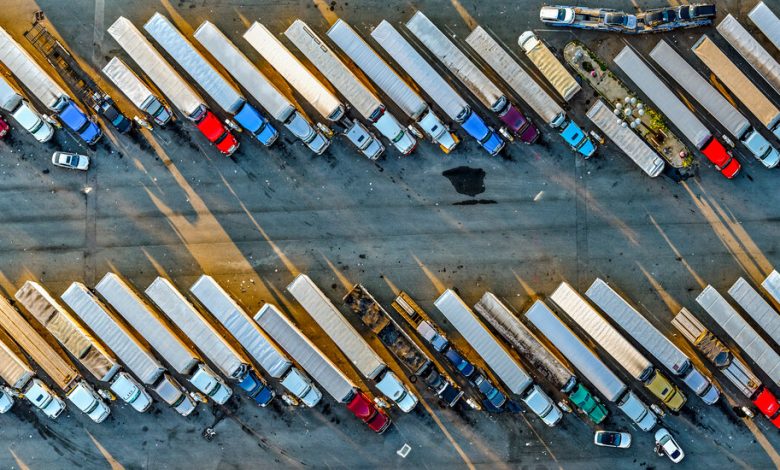Electrify All the Big, Noisy, Belching Trucks

This morning in Mott Haven, a neighborhood in the South Bronx, tens of thousands of New Yorkers — more than 95 percent of whom are people of color — woke up and breathed in air thick with vehicle exhaust. Hundreds of trucks drive through here daily, to and from the enormous food distribution center Hunts Point Produce Market, as well as other nearby warehouses, shipping facilities and waste transfer stations.
The neighborhood — sometimes nicknamed Asthma Alley — has some of the most polluted air in the country, leaving residents at increased risk not only for lung disease and strokes from diesel fumes and other pollutants but also for asthma. In 2015, Mott Haven and the neighboring Melrose had the highest asthma hospitalization rate among children ages 5 to 14 in New York City.
Mott Haven is not unique: There are hundreds of neighborhoods like it in the shadows of major highways, ports and warehouse districts around the country, and more than 45 million people in the United States live within 300 feet of a major transportation facility or roadway that exposes them to potentially hazardous levels of pollution.
It’s because of communities like these, where the suffering is so dramatically disproportionate to the often wealthier neighborhoods nearby, that during his first week in office, President Biden issued an executive order committing to confront the climate crisis, “hold polluters accountable” and “deliver environmental justice in communities all across America.” It signaled a significant commitment and was reaffirmed by another executive order in April, promising to “better protect overburdened communities from pollution and environmental harms.”
In one attempt to fulfill these pledges, the Environmental Protection Agency proposed a new rule in April to reduce greenhouse gas emissions in trucks manufactured and sold starting in model year 2027, a vitally important move, since trucks and other heavy-duty vehicles are responsible for nearly 30 percent of the country’s road-transportation-related emissions. The goal was to create the conditions to ensure that a quarter of new heavy trucks sold in the United States are electric by 2032.
But the rule is too weak: It would leave the United States far behind other nations and even the state of California, where truck manufacturers have already agreed to accept a plan to ban the sale of new diesel big rigs by 2036.
There’s still time for the administration to revise the proposed language for its rule to align with California standards, making good on Mr. Biden’s promises and dramatically improving the health and quality of life of millions of Americans. But so far, his administration seems to be nervous about sealing the deal.
The trucking industry has pushed back hard on the proposed rule. Despite
